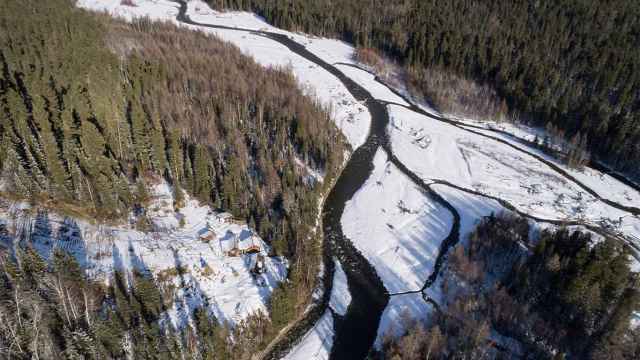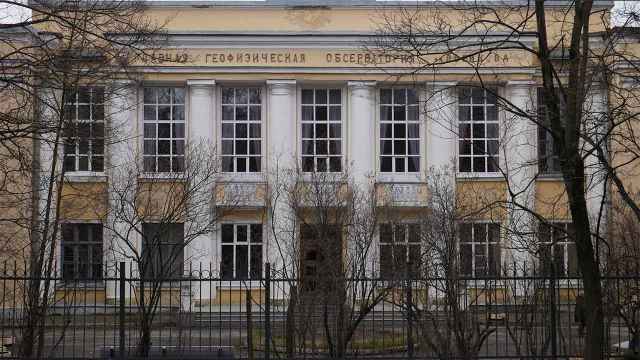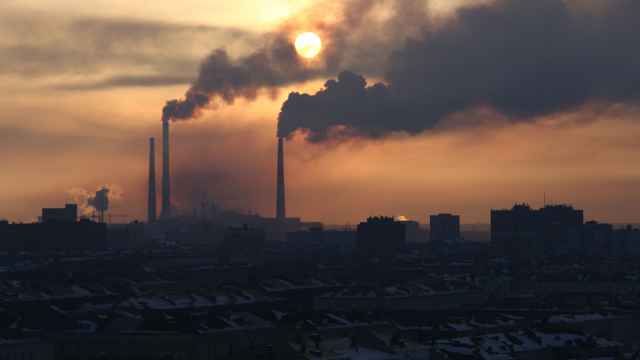Ancient pathogens that have been preserved in northern Russia’s permafrost for millennia could reawaken as global temperatures rise, scientists warn, potentially putting humanity at risk of never-before-seen diseases.
Jean-Michel Claverie, a virologist and emeritus professor at the Aix-Marseille University School of Medicine, is one of the few scientists worldwide who has studied “zombie viruses” in the Siberian permafrost. He warned they could be present in Russia’s frozen soil in a “very large number and diversity.”
“We only attempted to revive Amoeba viruses, because they are without danger to animals, humans or plants,” Claverie told The Moscow Times. “When we sequence the whole DNA from a permafrost sample we can identify viruses belonging to many different types, including some related to animal or human diseases, such as smallpox and African swine fever.”
While human-induced climate change impacts the whole planet, the Arctic is warming three times faster than the global average, raising concerns regarding permafrost, the continuously frozen soil covering almost two-thirds of Russia.
Scientists have for years warned that melting permafrost will release potent greenhouse gases that set off a feedback loop of global warming, and destabilize buildings and infrastructure in Russia’s far north.
Claverie has dedicated over a decade to the study of viruses and even visited Siberia to revive pathogens that have laid dormant for thousands of years.
In 2014, Claverie and evolutionary biologist Chantal Abergel successfully isolated a giant 30,000-year-old infectious virus, comparable in size to a small bacterium and 150 times larger than any bacteriophage, a type of virus that infects bacteria.
In a 2022 study, which Claverie co-authored, an international team of researchers confirmed the infectious potential of 13 more viruses after being frozen in deep permafrost for over 48,500 years.
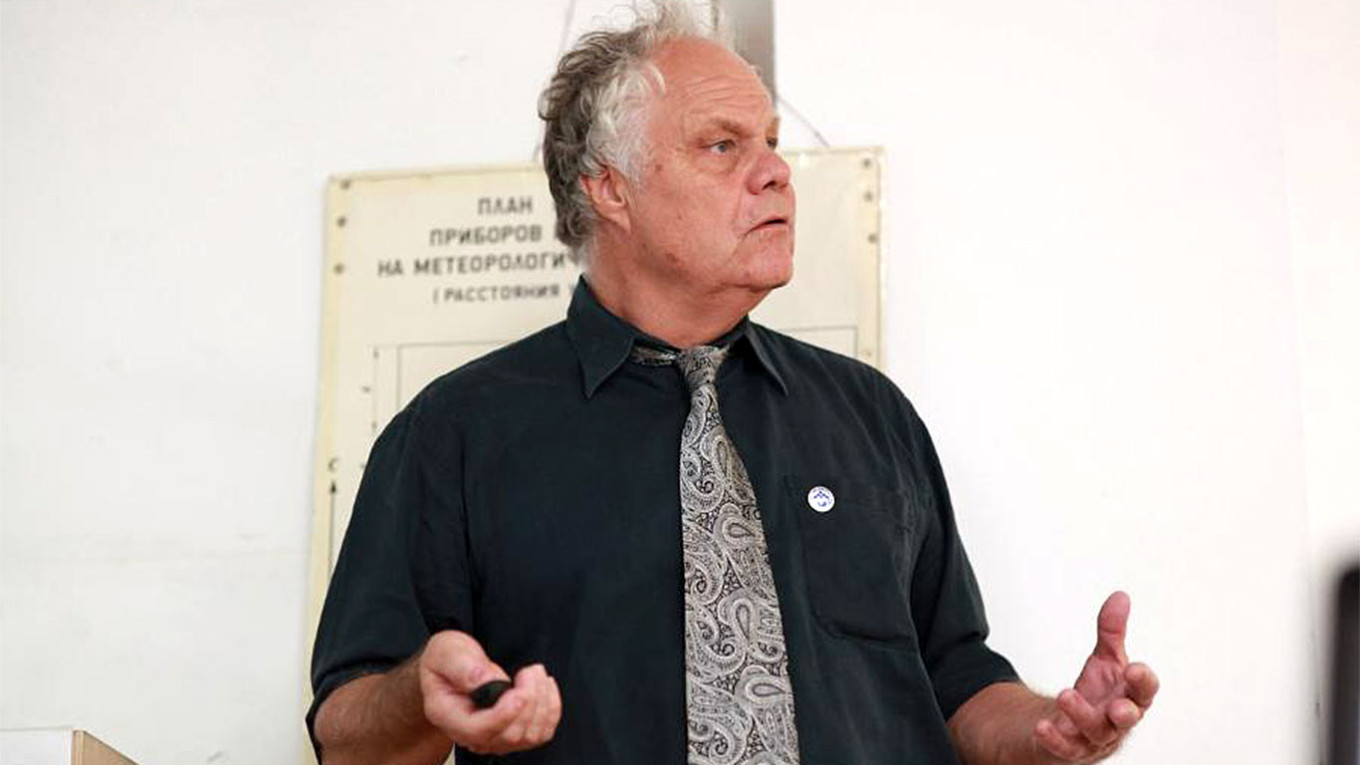
While some of the more recent viruses dormant in the Russian Arctic can trigger known diseases — such as smallpox, for which an effective vaccine has existed for over two centuries — scientists have much less understanding of those found in deeper permafrost layers more than 50,000 years old due to technical limitations of reaching them. They suspect that viruses in layers up to 260,000-300,000 years old, which overlaps with the age of Homo sapiens, can still be infectious, Claverie said.
Still, the greatest threat can lie much deeper in the frozen earth.
“More ancient viruses, up to a million years [old], corresponding to the deepest permafrost layers, would be the most dreadful, as they would be both unknown and never encountered by our species,” Claverie said.
Previous research by Russian scientist Yevgeny Belanov and team in 1997 revealed that the virus that causes smallpox — a disease considered eliminated since 1980 — can remain infectious at subzero temperatures for up to 250 years. Burial sites of smallpox victims were previously discovered in Russia, such as an old cemetery near the village of Pokhodsk in the republic of Sakha containing victims’ remains from the late 1800s.
Scientists cannot predict when any of these permafrost viruses might re-emerge. The real risk, they say, comes not from the accelerated thawing of permafrost itself, but the increasing ease of accessing the Arctic, with the speed of potential development and the number of workers brought to previously pristine sites as main factors to watch, Claverie said.
This is a legitimate concern in light of Russian authorities’ repeated citation of simplified commercial exploration of the Arctic as one upside of the ongoing climate crisis.
“Deep open-pit mining would be a potentially risky situation for starting a really devastating pandemic by a totally unknown ancient virus,” Claverie said. “There is no universal antiviral drug, which means that any new viral disease will require years to find a cure.”
The permafrost is home not only to frozen viruses but also bacteria, which account for 95% of microorganisms detected in soil samples, Claverie said.
In 2016, an outbreak of anthrax, which is caused by Bacillus anthracis bacteria, resulted in the deaths of thousands of reindeer and one child on the Yamal Peninsula in far northwest Siberia. Following rapid permafrost thaw in preceding years, a summer heat wave catalyzed the 2016 outbreak, the first documented in the region in 75 years.
Far East Russia's republic of Sakha alone has over 200 burial sites for animals infected with anthrax, whose spores can survive in the soil for decades or even centuries.
Russia’s northern regions have seen regular anthrax outbreaks since Soviet times, Nikita Tananaev, laboratory director at North-Eastern Federal University and lead researcher at the Melnikov Permafrost Institute in Yakutsk, told The Moscow Times.
“If the reindeer were buried in the permafrost, they were sealed there, everything frozen and seasonal thawing did not reach the layer where the reindeer was,” Tananaev said. “However, in 2016, it was very hot on the Yamal Peninsula and more thawing occurred than usual."
Paradoxically, it was a long-standing lack of anthrax incidents that in 2007 led to halting the vaccination of reindeer in Yamal against the disease — which ultimately made them an easy target for the revived spores in 2016.
"The outbreak was investigated, the source was identified and the reindeer in that area were vaccinated, effectively suppressing the outbreak,” Tananaev said. “However, there is no guarantee that after some time, a reindeer might accidentally unearth some anthrax victim's burial site, where the bacterium remains viable. If the reindeer is not vaccinated, it will die, and people will also become infected."
Bacterial infections might be less of a threat than viral ones, as modern antibiotics effectively treat illnesses such as anthrax, Claverie noted. Furthermore, bacteria are less contagious than viruses, making a pandemic less likely.
While human infections from ancient viruses awakened from Russia’s permafrost remain largely theoretical, it is still up in the air whether scientists’ warnings can prompt governments to take the necessary measures today to prevent potential cases tomorrow.
This year, Russia enacted a law on monitoring the state of permafrost — a response to the disastrous 2020 oil spill at a Norilsk Nickel subsidiary, which was linked to rising permafrost temperatures.
While the law is welcomed, it does not specifically mention monitoring viruses and bacteria, Boris Revich, a professor and chief researcher at the Russian Academy of Science’s Institute for Economic Forecasting, told The Moscow Times.
"As long as the pathogens remain in the permafrost, they are not dangerous,” Revich said. “But monitoring is necessary. Until it is established, we will not have information about what is happening there."
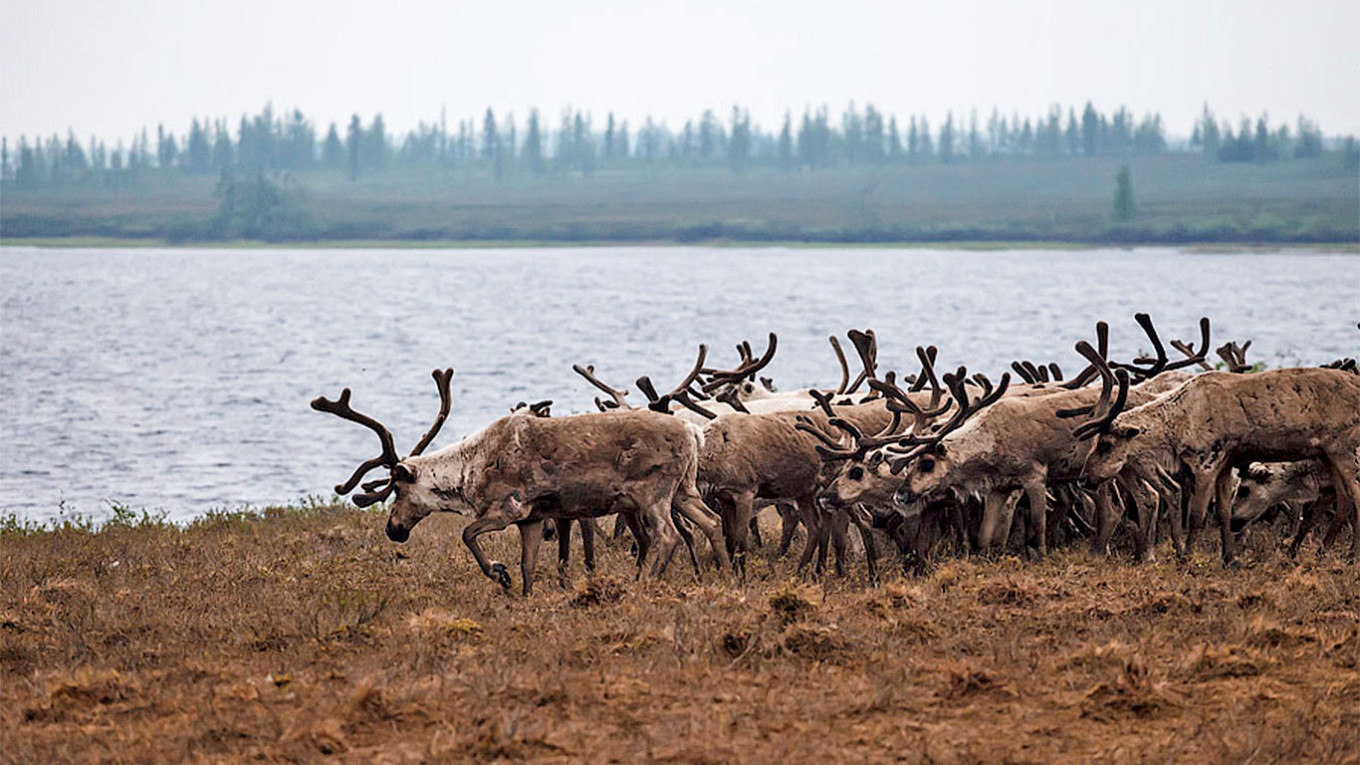
Russia’s permafrost area is expected to shrink by around 25% by 2050 and by 40-72% by the end of the century, depending on future greenhouse gas emissions.
Despite these alarming projections, the issue of zombie viruses is not widely discussed in Russia. Because of this, the risks associated with these viruses could be underestimated, raising questions over whether it’s necessary to abandon Russian settlements in the Arctic.
Revich noted that he does not see a need for such measures, as there is no imminent danger for the Russian population as a whole, but there may be certain risks locally.
“There are certain problems for indigenous peoples. Potential issues may also arise for people working in oil or gas facilities in permafrost areas,” Revich said. “However, they all live in specific settlements where I hope they have no contact with the potential threat.”
Even if an ancient virus were to come back to life, it would not necessarily infect humans, Tananaev said, as not all viruses can survive in and harm multicellular organisms and the Arctic has a low population density.
"There is no point in leaving cities or running away because of some hypothetical virus,” he concluded. “It is much more likely that if a permafrost settlement were to be relocated, it would be due to the collapse of buildings."
Abandoning towns or industrial sites in permafrost regions might not be economically feasible, but Claverie said it would be highly desirable to have proper local medical facilities for monitoring emerging infectious diseases and for quarantine in order to avoid having to send suspicious cases to facilities in Moscow, where viruses could potentially spread much further.
As for potential consequences for the population, the virologist pointed to the example of Covid-19, but noted that things could get much worse if the disease awakened happens to be more lethal than Covid-19. Diseases such as smallpox or Middle East respiratory syndrome have significantly higher fatality rates.
“SARS‑CoV‑2 [the virus that causes Covid-19] was from a well-known family [of viruses], yet triggered a worldwide crisis,” Claverie said. “What would happen with a totally new, unknown ancient virus coming back?”
When asked if anything could be done at this point to prevent the awakening of dormant viruses, given the current rate of the Earth’s warming, Claverie gave a short reply:
“No.”
A Message from The Moscow Times:
Dear readers,
We are facing unprecedented challenges. Russia's Prosecutor General's Office has designated The Moscow Times as an "undesirable" organization, criminalizing our work and putting our staff at risk of prosecution. This follows our earlier unjust labeling as a "foreign agent."
These actions are direct attempts to silence independent journalism in Russia. The authorities claim our work "discredits the decisions of the Russian leadership." We see things differently: we strive to provide accurate, unbiased reporting on Russia.
We, the journalists of The Moscow Times, refuse to be silenced. But to continue our work, we need your help.
Your support, no matter how small, makes a world of difference. If you can, please support us monthly starting from just $2. It's quick to set up, and every contribution makes a significant impact.
By supporting The Moscow Times, you're defending open, independent journalism in the face of repression. Thank you for standing with us.
Remind me later.




